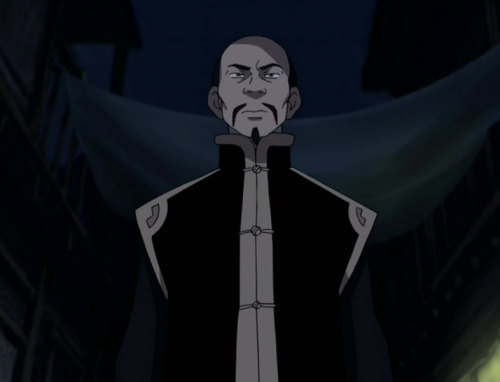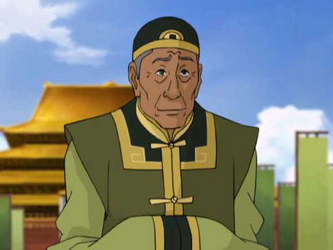Grand Secretariat The Grand Secretariat (Chinese: 內閣; pinyin: Nèigé) was nominally a coordinating ag
Grand Secretariat The Grand Secretariat (Chinese: 內閣; pinyin: Nèigé) was nominally a coordinating agency but de facto the highest institution in the imperial government of the Chinese Ming dynasty. It first took shape after the Hongwu Emperor abolished the office of Chancellor (of the Central Secretariat) in 1380 and gradually evolved into an effective coordinating organ superimposed on the Six Ministries.[1] There were altogether six Grand Secretaries (Chinese: 內閣大學士), though the posts were not always filled.[2] The most senior one was popularly called Senior Grand Secretary (首輔, shǒufǔ). The Grand Secretaries were nominally mid-level officials, ranked much lower than the Ministers, heads of the Ministries. However, since they screened documents submitted to the emperor from all governmental agencies, and had the power of drafting suggested rescripts for the emperor, generally known as piàonǐ (票擬) or tiáozhǐ (條旨), some senior Grand Secretaries were able to dominate the whole government, acting as de facto Chancellor.[3] Everything is starting to fall into place. I assume then that by Grand Secretariat Gun’s time, the Dai Li were again under the monarch’s influence after the Grand Secretariat had lost a significant amount of their power–and, of course, after Long Feng was arrested. -- source link
#long feng#grand secretariat#influences#lok gun#commentary#commentary influences

